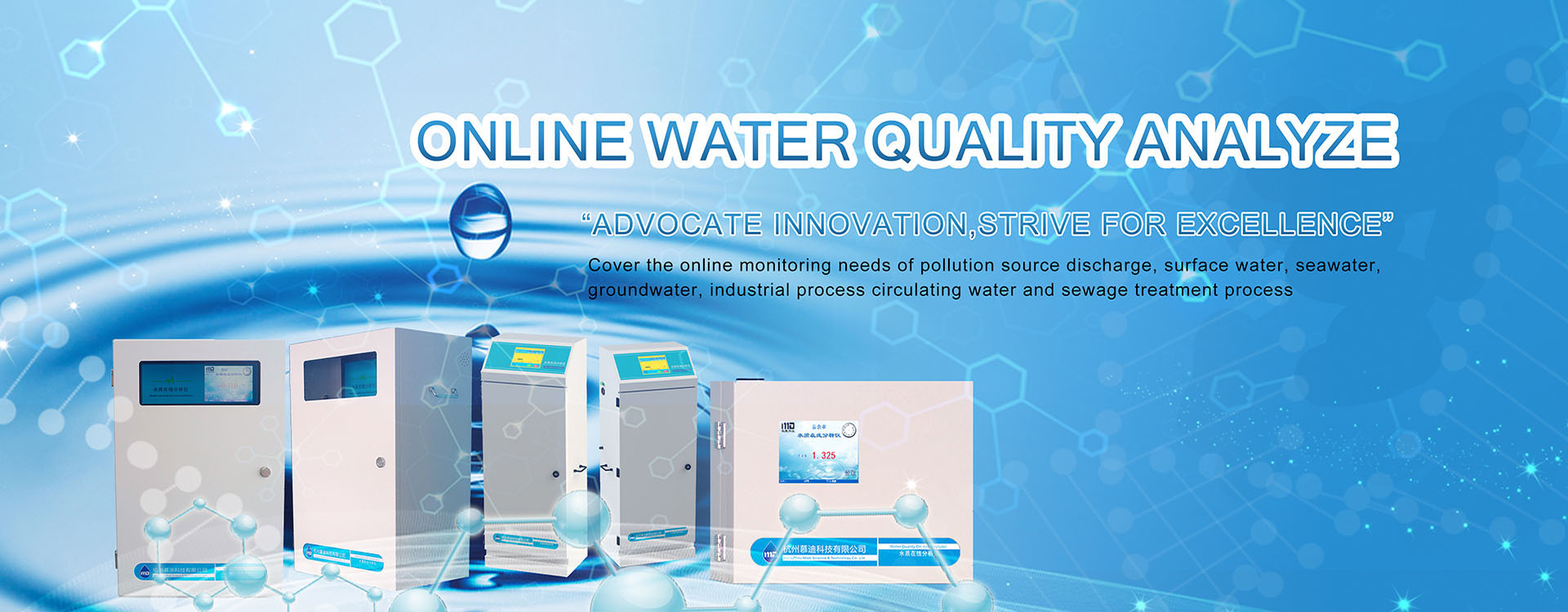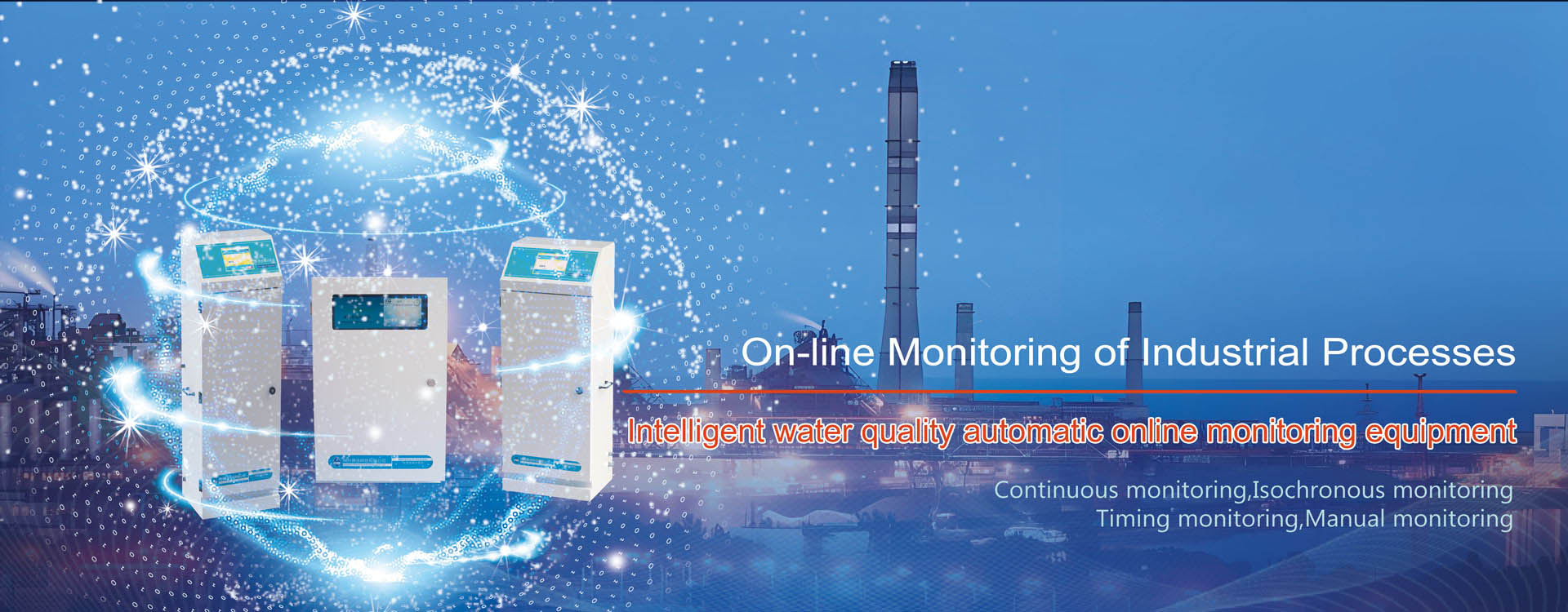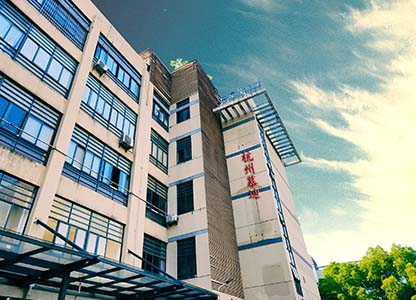For aquaculture workers, water quality issues are definitely something to pay attention to! To ensure the safety of water quality, it is necessary to master the relevant parameters well. This article will explore the related issues of total ammonia and nitrite nitrogen in pond water quality together with everyone.
When the water quality is relatively good, the total ammonia in the pond will not exceed 2mg/L, and the nitrite nitrogen will not exceed 0.2mg/ L. If it is a pond for special aquaculture, the total ammonia will be controlled below 1mg/L, and the nitrite nitrogen will be controlled below 0.1mg/L. If these indicators are exceeded, problems are likely to occur with aquatic organisms.
We should know that total ammonia and nitrite nitrogen are formed by the decomposition of organic matter. The richer the water quality, the more organic matter there is in the water, and as a result, the total ammonia and nitrite nitrogen will be higher. However, total ammonia and nitrite nitrogen in water are toxic substances that can cause harm to aquatic organisms. In mild cases, they only affect growth; in severe cases, they can even lead to death.
Simply put, when the total ammonia exceeds 0.5mg/L and the nitrite nitrogen exceeds 0.1 mg/L, it indicates that the water is polluted by a large amount of organic matter. Intensive culture ponds are prone to exceed the specified value in summer and autumn, usually ranging from 0.5mg/L to 4mg/L and 0.1mg/L to 0.4mg/L respectively. Then to solve this problem, the following several methods can be adopted:
1.Generally, the following methods can be adopted;
2.Denitrification of aquatic plants: Planting aquatic plants in freshwater bodies;
3.Add fresh water;
4.Use the aerator reasonably;
5.The use of microbial preparations can promote the decomposition of organic matter and has the effect of improving the micro-ecological balance of water bodies.
6.Rotational fishing: Capture fish and shrimp that meet commercial specifications to reduce the water’s carrying capacity.
7.Use fish to nourish water, reduce feed and herbivorous fish, and increase the introduction of filter-feeding fish and omnivorous fish.
8.In winter, the pond should be cleaned and leveled to remove excessive silt.
9.Lay plastic diaphragms to prevent the release of harmful substances in the sediment.
In addition to the situation where water quality can be observed with the naked eye, a water quality analyzer is also needed to monitor the water quality in real time, because when it can be seen with the naked eye, the pollution is relatively serious. Real-time monitoring of water quality conditions enables us to promptly understand the water quality situation and then carry out corresponding treatments.




